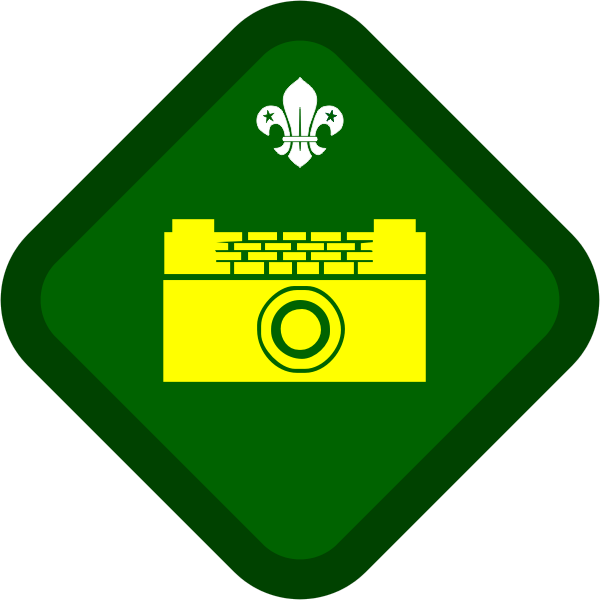


Photographer
Complete the requirements from one of the following alternatives:
Alternative A - Still Photography
- Choose one of these two activities:
- Produce twelve prints of photographs (negative or digital) taken by yourself covering at least two different aspects from this list:
- portrait
- still life or similar
- land or seascape
- sport or similar action
- flash-gun
- time-lapse photography
- Produce six black and white photographs where you have undertaken some part of the processing.
- Choose one from the following two activities:
- Show knowledge of the main functions of a film camera, including shutter speed, aperture, film speed, depth of field and lens focusing.
- Show knowledge of the main functions of a digital camera including resolution, digital compression and how these effect the final print. Show knowledge of the types of removable memory available.
- Discuss the different types of camera and the accessories available.
- Choose one from the following activities:
- Describe the process of developing black and white films and prints, including the use of an enlarger.
- Describe the processes and equipment needed to produce prints from a digital camera, including the use of editing software.
- Describe the processes and equipment needed to scan prints or negatives from existing photographs, including the use of editing software.
- Diagnose faults that occur both at the photographing or printing stages, such as over/under exposure and high/low contrast. Explain the difference between camera shake and subject movement.
- Demonstrate that you know how to care for a camera and accessories.
Alternative B - Video Photography
- Produce at least two short films from two of the following categories:
- documentary;
- music video etc for document consistent punctuation;
- drama;
- situation comedy;
- advertisement;
- training film;
- environmental;
- community;
- current affairs.
- Discuss the following:
- The main features and functions of a video camera, including zoom, focus, aperture, shutter speed, white balance and common tape formats.
- Problems that may be encountered when using automatic settings and how these may be overcome.
- Show an understanding of the following:
- Camera techniques such as panning, zooming, the use of close-ups, long shots, and the use of additional lighting.
- Production techniques such as editing, how to avoid jumpy cuts, maintaining continuity.
- Demonstrate that you know how to care for a video camera and accessories such as tapes, batteries, microphones and lights.
A story board and script should be produced for each of these. The film can be edited 'in camera' or by using simple editing equipment.
Notes
Section B1 can be completed as a small group with each person taking a different responsibility, for example camera operator, director, or editor.
